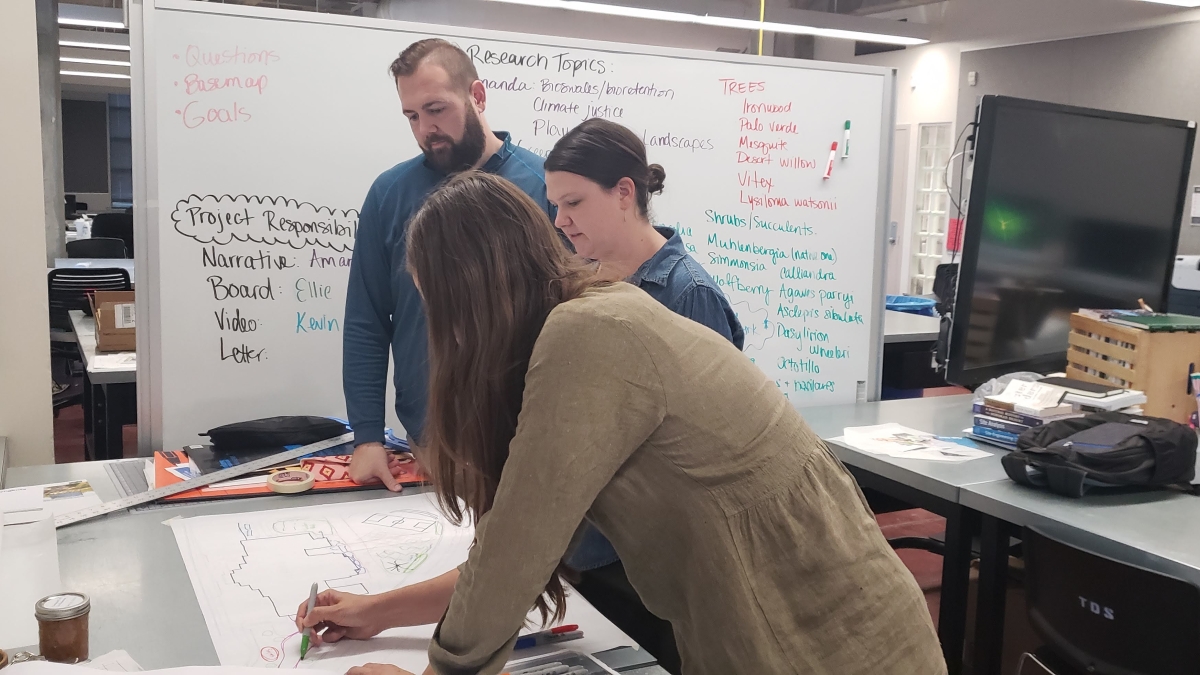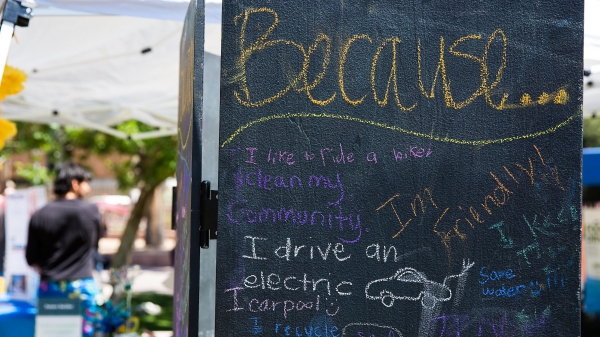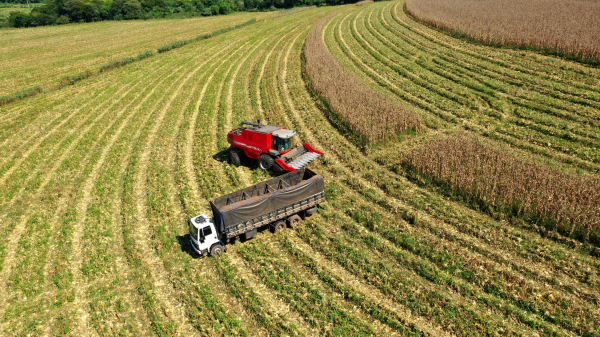ASU team wins EPA award for project with Phoenix charter school

Members of the ASU team work together on the design in the studio. Photo courtesy Chingwen Cheng.
On April 29, the U.S. Environmental Protection Agency (EPA) recognized Arizona State University as a winner of its eighth annual Campus RainWorks Challenge, a national competition that engages college students in the design of on-campus green infrastructure solutions to help address stormwater pollution.
The ASU team, led by Chingwen Cheng, assistant professor of landscape architecture in The Design School, won second place in the Demonstration Project category. For their project, titled “Ready! Set! Activate!” the team worked with Paideia Academy, a K-8 public charter school located in south Phoenix, to reduce local flooding during Arizona’s monsoon season and create a resilient, multifunctional space that effectively manages stormwater runoff and yields educational and ecological benefits.
Beginning with a series of community engagement workshops, Ready! Set! Activate! envisions the use of green infrastructure at Paideia to create resilient natural learning and play landscapes that promote health equity by improving the quality and access to green space for the student community.
Paidea Academy is a charter school serving primarily minority and economically under-resourced children. The five-acre school property experiences persistent environmental justice issues endemic to the greater south Phoenix area, including flooding, excessive urban heat and poor air quality. These issues stem from discriminatory land development practices that have left this area of the city with limited investment in terms of flood control infrastructure and development of public green space.
Because south Phoenix is located on an alluvial floodplain of South Mountain, green infrastructure interventions, including the creation of bioswales and bioretention for stormwater, along with the use of native vegetation, are critical to mitigate seasonal flooding and improve environmental site conditions.
“This project allowed for collaboration between a charter school serving minority and economically underserved children and ASU researchers and students to address environmental justice and equity in health and education,” Cheng said. “Our students gained firsthand experience working with the community and seeing that their design concepts would be realized in the near future. This is an invaluable service-learning experience for students and directly benefits underserved communities.”
The team will receive a $2,500 student prize and a $2,500 faculty prize. Designs were completed and submitted to the EPA last fall for review and consideration.
More Environment and sustainability

Earth Day celebrations focus on making our planet a priority
On April 22, Earth Day is celebrated across the country and in nearly 193 countries around the world. Arizona State University…

ASU scientist studies how bans, regulations on food technology affect consumer acceptance, perceptions
How do people process scientific developments with outside influences, warnings, biases and others’ opinions filtering in? That…

ASU team's research leads to new law protecting mobile-home dwellers
Arizona Gov. Katie Hobbs signed a law earlier this month that guarantees mobile-home owners’ right to install cooling measures,…